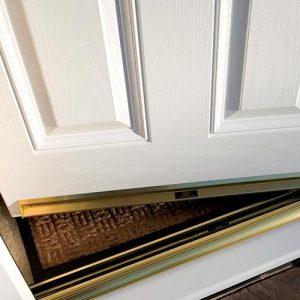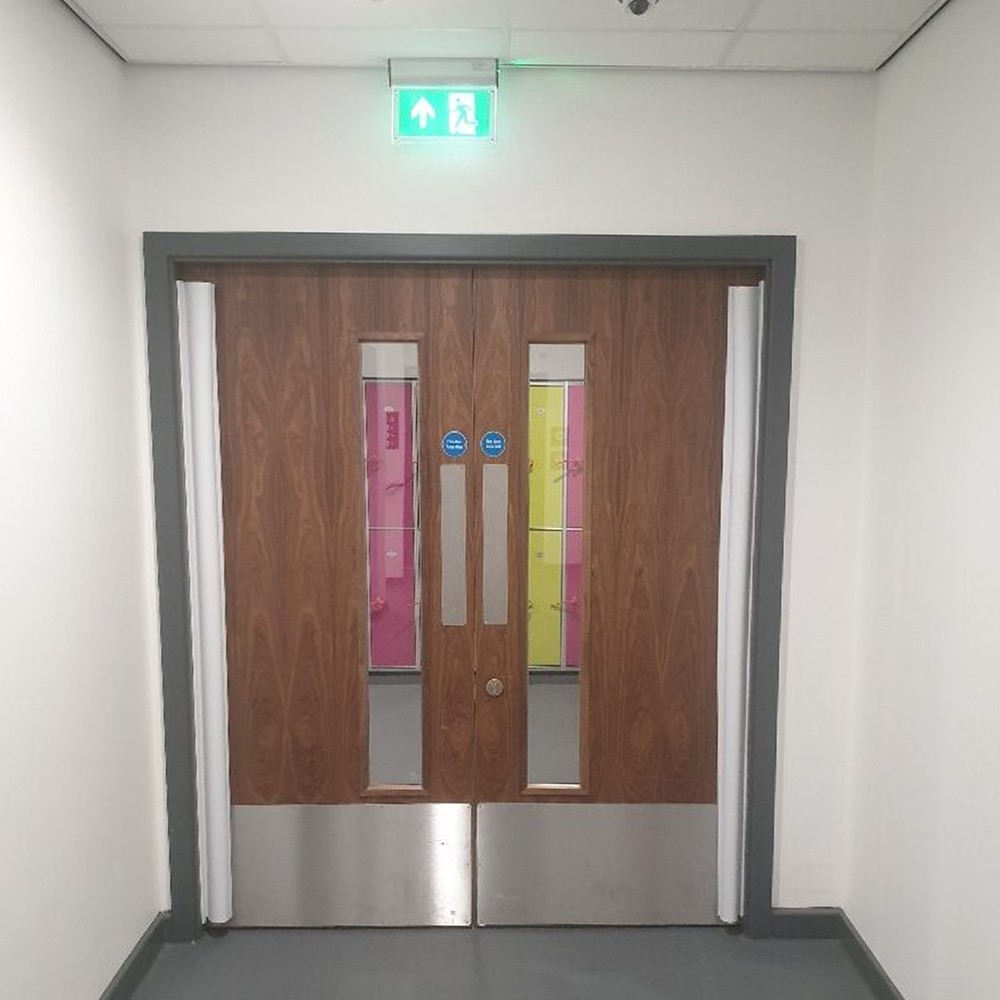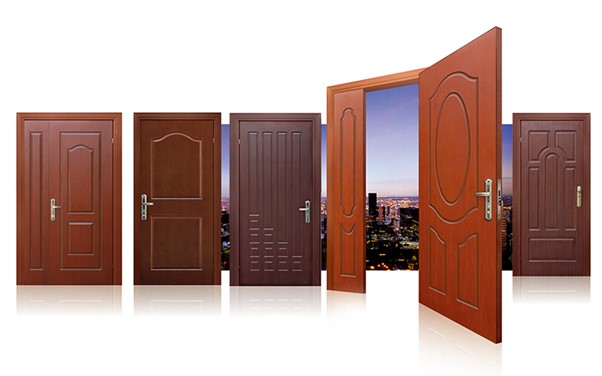Why Fire Doors Are a Must-Have for Residential and Commercial Characteristics
Comprehending the Different Kinds Of Fire Doors for Enhanced Security
From basic fire-rated doors that protect versus flames to acoustic fire doors that supply both fire resistance and audio insulation, each type is made with particular features in mind. The integration of glass fire doors and the need of fire exit doors better highlight the multifaceted nature of fire door applications.
Standard Fire-Rated Doors
Conventional fire-rated doors are a crucial element in making certain building security and conformity with fire laws. These doors are specifically designed to stand up to the spread of fire and smoke, offering crucial protection to passengers and residential or commercial property. Constructed from materials such as steel, gypsum, and fire-resistant wood, they can stand up to heats and maintain architectural stability for varying durations, generally ranging from 20 minutes to three hours.
The performance of basic fire-rated doors is evaluated by their fire-resistance score, which is figured out via extensive testing under regulated problems. This ranking suggests the period during which the door can contain fires and heat, consequently permitting added time for discharge and emergency situation response. Additionally, these doors often include intumescent seals that expand when exposed to warm, further protecting against the flow of smoke and toxic gases.
Installation of standard fire-rated doors must abide with rigorous building ordinance and requirements, such as those set by the National Fire Security Association (NFPA) and the International Structure Code (IBC) Routine inspections and upkeep are important to ensure that these doors operate properly in an emergency. Appropriately mounted and maintained fire-rated doors are vital in boosting general building safety and minimizing fire-related risks.
Smoke Doors
Smoke doors play a pivotal function in fire safety by especially dealing with the control of smoke, which is frequently a lot more dangerous than flames throughout a fire case. Smoke inhalation can result in serious respiratory system issues, disorientation, and even deaths, making smoke doors a critical element in emergency situation preparation. These doors are made to restrict the movement of smoke between different compartments within a structure, thus giving safer evacuation routes and decreasing potential damages to residential property.

Additionally, smoke doors are frequently geared up with automatic closing devices, caused by smoke detectors or smoke alarm, to ensure they close immediately throughout an emergency. By containing smoke, these doors aid keep lower temperature levels and clearer visibility in escape paths, making them an indispensable component in thorough fire security methods. Their correct setup and upkeep are vital to guarantee optimum performance when most required.
Acoustic Fire Doors
Acoustic fire doors give a double feature in both fire safety and security and sound depletion, making them an important enhancement to buildings where noise control is important. These doors are crafted to not only meet extensive fire resistance standards yet also to substantially reduce sound transmission, therefore boosting general structure performance.
The construction of acoustic fire doors commonly entails a mix of dense products and specialized seals. These aspects collaborate to create an effective barrier against both fire and sound. High-density cores, such as mineral boards or composite materials, are commonly utilized in the door fallen leave to take full advantage of sound insulation. Additionally, the door framework and seals are developed to maintain acoustic stability while supplying robust fire resistance.
Acoustic fire doors are specifically valuable in environments where personal privacy and peaceful are extremely important, such as medical facilities, resorts, and schools. They help to keep a calm environment by reducing the transmission of sound in her explanation between spaces or hallways while ensuring compliance with fire safety regulations. Along with their useful advantages, these doors can be customized to mix perfectly with the architectural visual appeals of a building, ensuring that security does not page come with the expenditure of design.

Glass Fire Doors
Glass fire doors, often used in contemporary building layouts, offer a mix of transparency and safety and security that conventional fire doors can not match. These doors integrate the visual allure of glass with vital fireproof buildings, making them an excellent option for modern buildings. Engineered with specialized fireproof glazing, glass fire doors can endure high temperatures and protect against the spread of flames and smoke for a defined duration, typically ranging from 30 to 120 minutes.
The building and construction of glass fire doors entails numerous layers of solidified glass, frequently treated with intumescent materials that increase when exposed to warm, more enhancing their fireproof capabilities. These doors are not only functional in terms of fire safety however additionally allow for natural light to permeate through spaces, contributing to power efficiency and a more inviting setting.
Additionally, glass fire doors can be incorporated with various framework products such as steel or aluminum, which give extra structural support and toughness. Making use of such doors is particularly useful in business, educational, and health care settings where exposure and safety are extremely important. By fulfilling rigid fire security regulations and maintaining an open, modern visual, glass fire doors represent a crucial development in fire-resistant building and construction.

Fire Escape Doors
Fire escape doors are an important element of any kind of building's security framework, designed to provide a swift and safe methods of egress throughout emergency situations. These doors are strategically located to make certain occupants can quickly and securely evacuate the facilities in the event of a fire or various other harmful situations. Unlike common doors, fire escape doors should stick to strict regulatory requirements, ensuring they can execute accurately under discomfort.
An essential function of fire exit doors is their ability to open up conveniently from the inside, generally furnished with panic bars or press pads. This style assists in quick emptying and stops traffic jams that can take place during high-stress situations. Additionally, fire exit doors are frequently created from fire-resistant products to protect against the spread of flames and smoke, thereby supplying vital additional time for evacuation and firefighting initiatives.
Another vital aspect is the clear signs and lighting associated with fire leave doors. Proper signs ensures that these exits are conveniently identifiable also in low-visibility conditions. Routine upkeep and examinations are critical to ensure that these doors operate correctly when required. Eventually, the efficiency of fire escape doors is an essential aspect in protecting lives and reducing home damages throughout emergency situations.
Final Thought
In summary, recognizing the various kinds of fire doors, consisting of common fire-rated doors, smoke doors, acoustic fire doors, glass fire doors, and fire escape doors, is crucial for enhancing security in structures. Each type offers particular advantages, from fire and smoke containment over at this website to sound insulation and aesthetic integration, guaranteeing detailed protection. Fire doors. Regular maintenance and compliance with security standards are vital to guarantee their effectiveness in safeguarding occupants and facilitating safe emptying throughout emergency situations